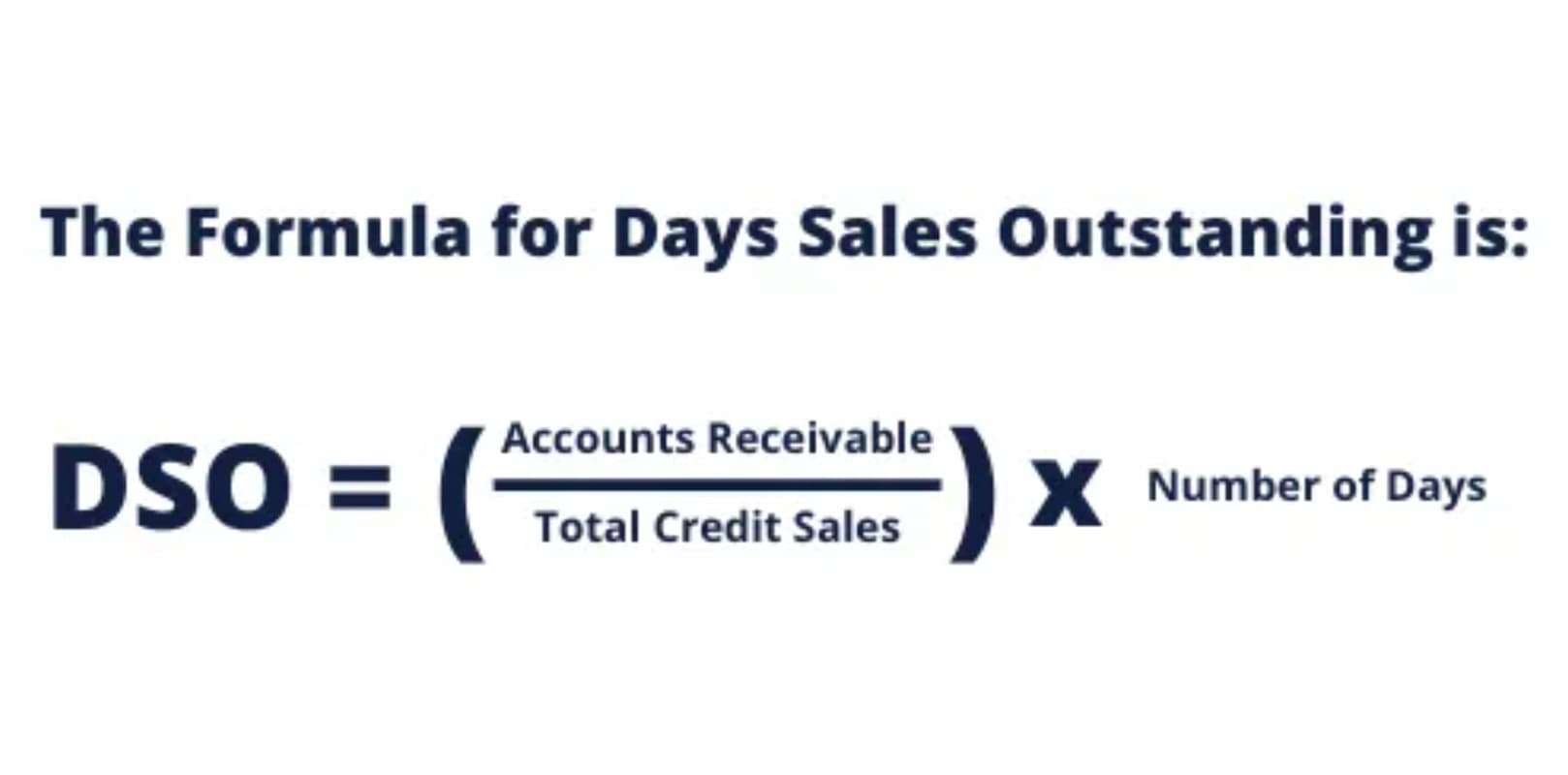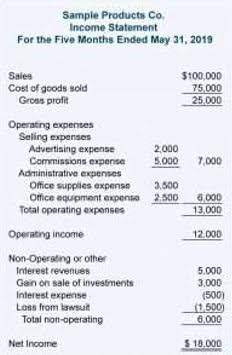
Present value uses the time value of money to discount future amounts of money or cash flows to what they are worth today. This is because money today tends to have greater purchasing power than the same amount of money in the future. Taking the same logic in the other direction, future value (FV) takes the value of money today and projects what its buying power would be at some point in the future. The present value (PV) calculates how much a future cash flow is worth today, whereas the future value is how much a current cash flow will be worth on a future date based on a growth rate assumption. Assuming that the discount rate is 5.0% – the expected rate of return on comparable investments – the $10,000 in five years would be worth $7,835 today. The Present Value (PV) is a measure of how much a future cash flow, or stream of cash flows, is worth as of the current date.
Example of Calculating NPV
NPV is sensitive to changes in the discount rate, which can significantly impact the results. Small changes in the discount rate can lead to large variations in NPV, making it challenging to determine the optimal investment or project. How about if Option A requires an initial investment of $1 million, while Option B will only cost $10?
Present Value of a Perpetuity (t → ∞) and Continuous Compounding (m → ∞)

Using the discount rate, calculate the present value of each cash flow by dividing the cash flow by (1 + discount rate) raised to the power of the period in which the cash flow occurs. This calculation will provide the present value of each cash flow, adjusted for the time value of money. If the present value of these cash flows had been negative because the discount rate was larger or the net cash flows were smaller, then the investment would not have made sense. However, what if an investor could choose to receive $100 today or $105 in one year? The 5% rate of return might be worthwhile if comparable investments of equal risk offered less over the same period.

Present Value Growing Annuity Formula Derivation
It follows that if one has to choose between receiving $100 today and $100 in one year, the rational decision is to choose the $100 today. This is because if $100 is deposited in a savings account, the value will be $105 after one year, again assuming no risk of losing the initial amount through bank default. This means that the current value of the $10,000 expected in five years is $7,835.26, considering the time value of money and the 5% discount rate. Present value is important because it allows investors and businesses to judge whether some future outcome will be worth making the investment today. It is also important in choosing among potential investments, especially if they are expected to pay off at different times in the future. Using those assumptions, we arrive at a PV of $7,972 for the $10,000 future cash flow in two years.
- Additionally, NPV does not take into account non-financial factors such as risk, which can also impact investment decisions.
- After almost a decade of experience in public accounting, he created MyAccountingCourse.com to help people learn accounting & finance, pass the CPA exam, and start their career.
- For the PV formula in Excel, if the interest rate and payment amount are based on different periods, then adjustments must be made.
- In other words, to maintain the same present value the interest rate would need to increase parallel to the increasing number of years one is locked into an investment.
- In this formulation, the rate of return is known as the discount rate.
- You can use the basic formula, calculate the present value of each component for each year individually, and then sum all of them up.
- No matter how the discount rate is determined, a negative NPV shows that the expected rate of return will fall short of it, meaning that the project will not create value.
- NPV calculates the difference between the present value of cash inflows and outflows over a period of time, taking into account the time value of money.
- If the NPV is negative, it indicates that the investment is not expected to generate enough cash flows to cover the initial investment and is therefore a bad investment.
- The present value is calculated by discounting future cash flows using a discount rate that reflects the time value of money.
- The payback period, or payback method, is a simpler alternative to NPV.
NPV calculates the difference between the present value of cash inflows and outflows over a period of time, taking into account the time value of money. It provides a dollar amount that indicates the profitability of an investment. ROI, however, measures the efficiency of an investment by calculating the percentage return relative to its cost.
The Time Value of Money

Much more on “discounting” further down, but we do also have a separate article on discounting future cash flows if you’re interested. Both investors and creditors use a present value calculator to evaluate potential investments what is the present value formula and measure the return on current projects. The time value of money concept is important because it allows investors to measure what their investment returns are worth today and whether there are better options available.
Would you prefer to work with a financial professional remotely or in-person?

Leave a Reply